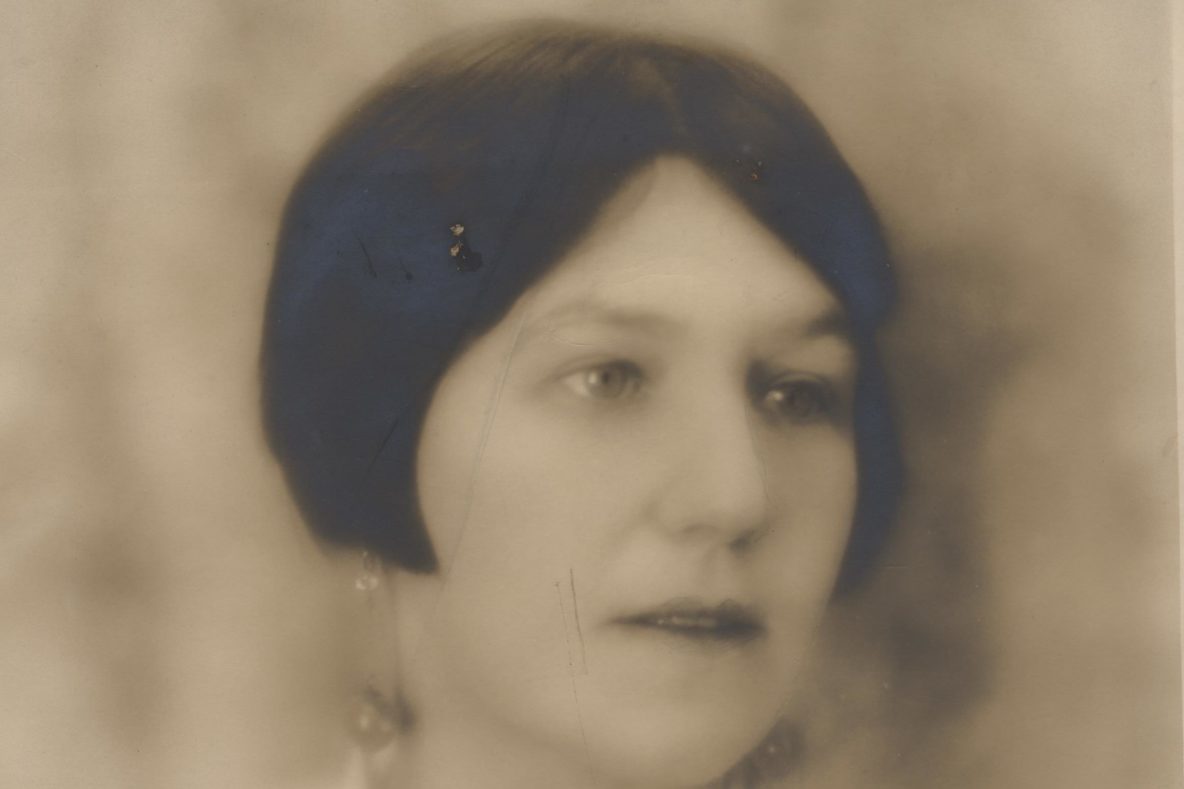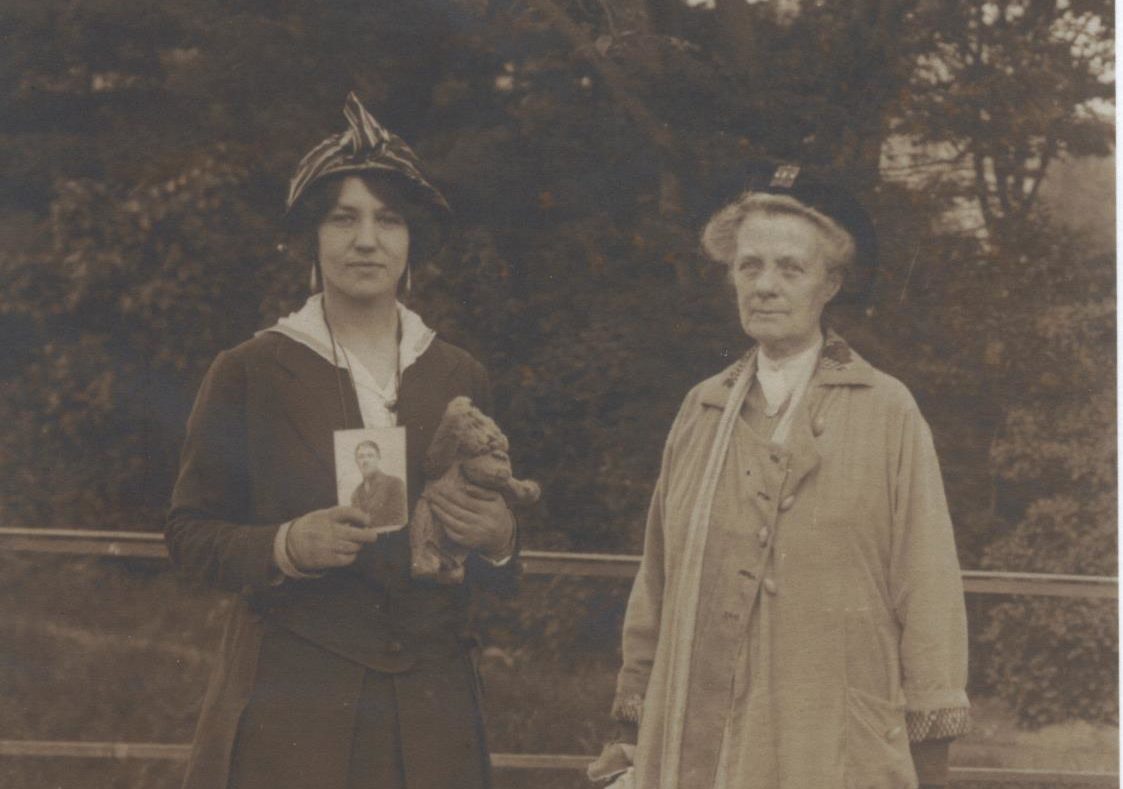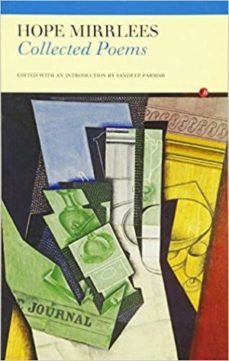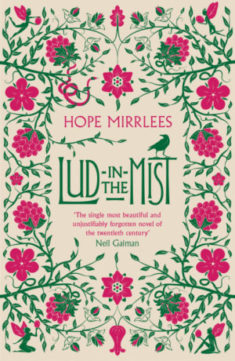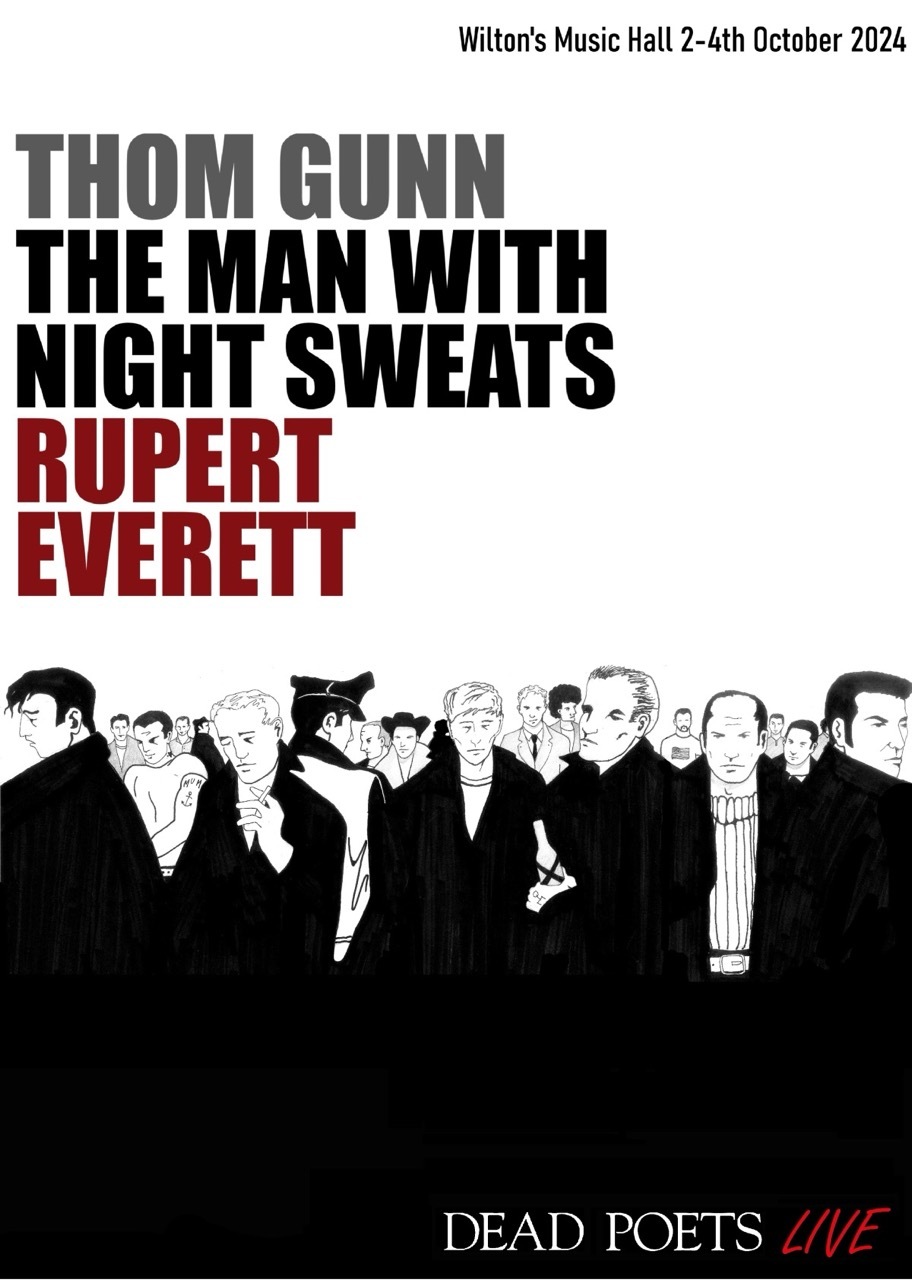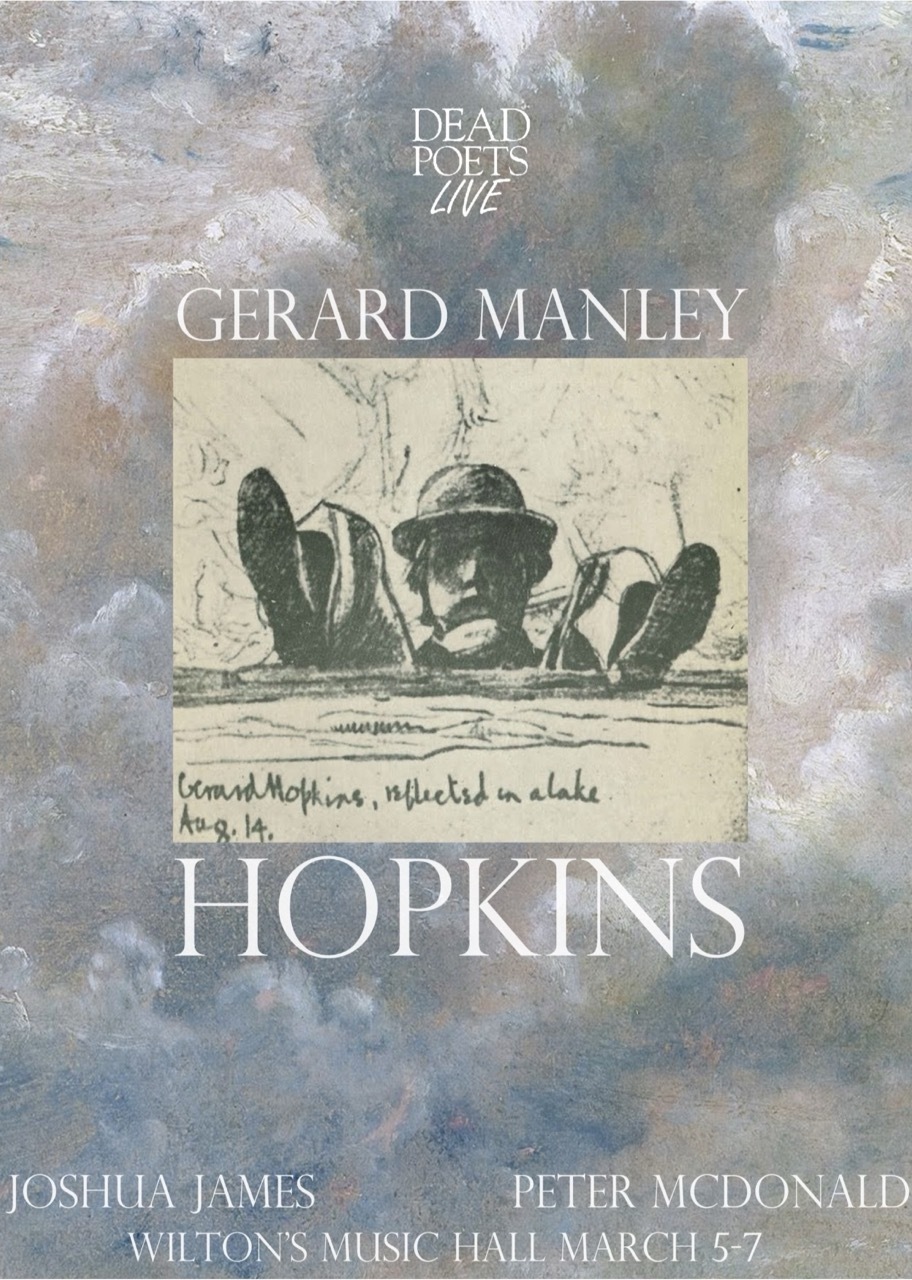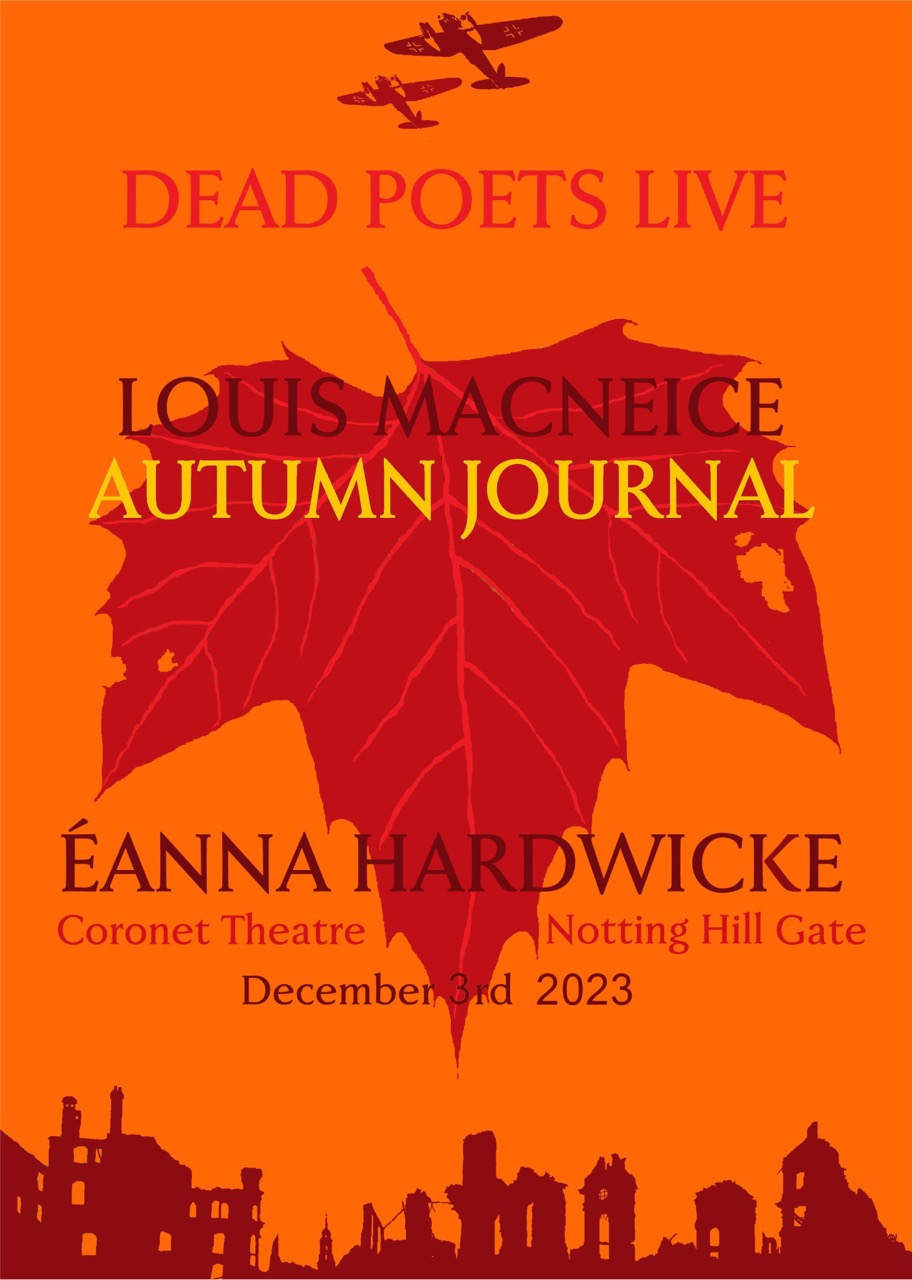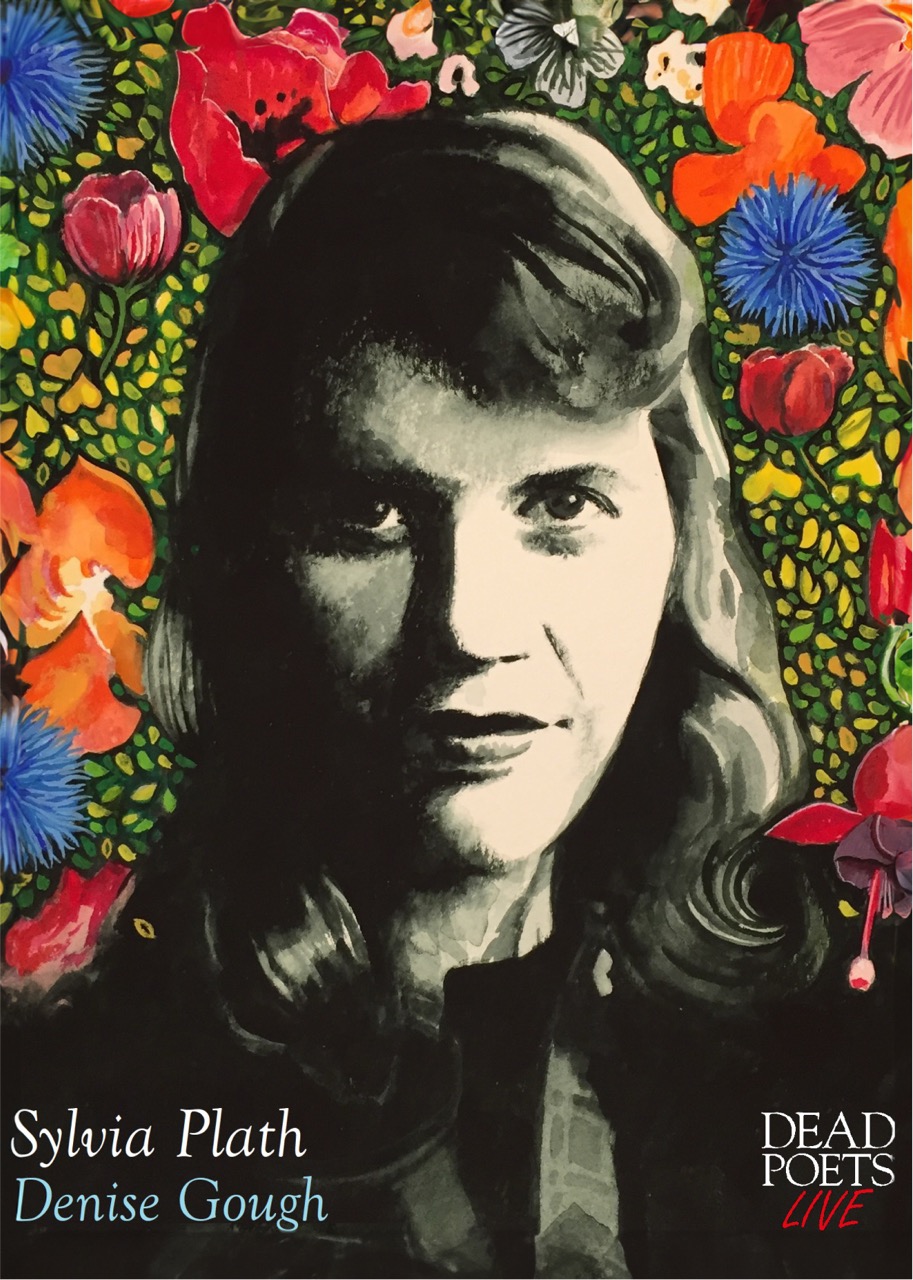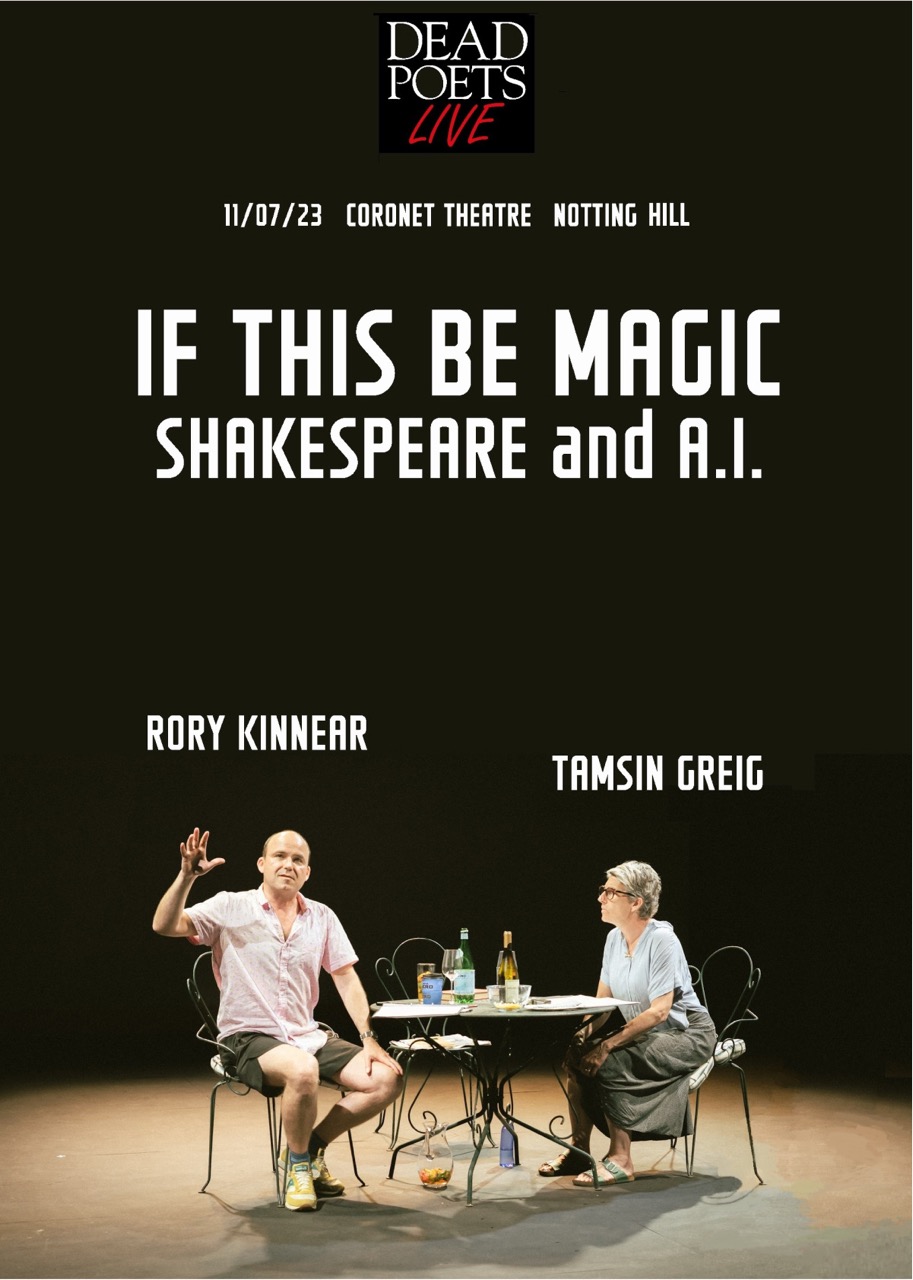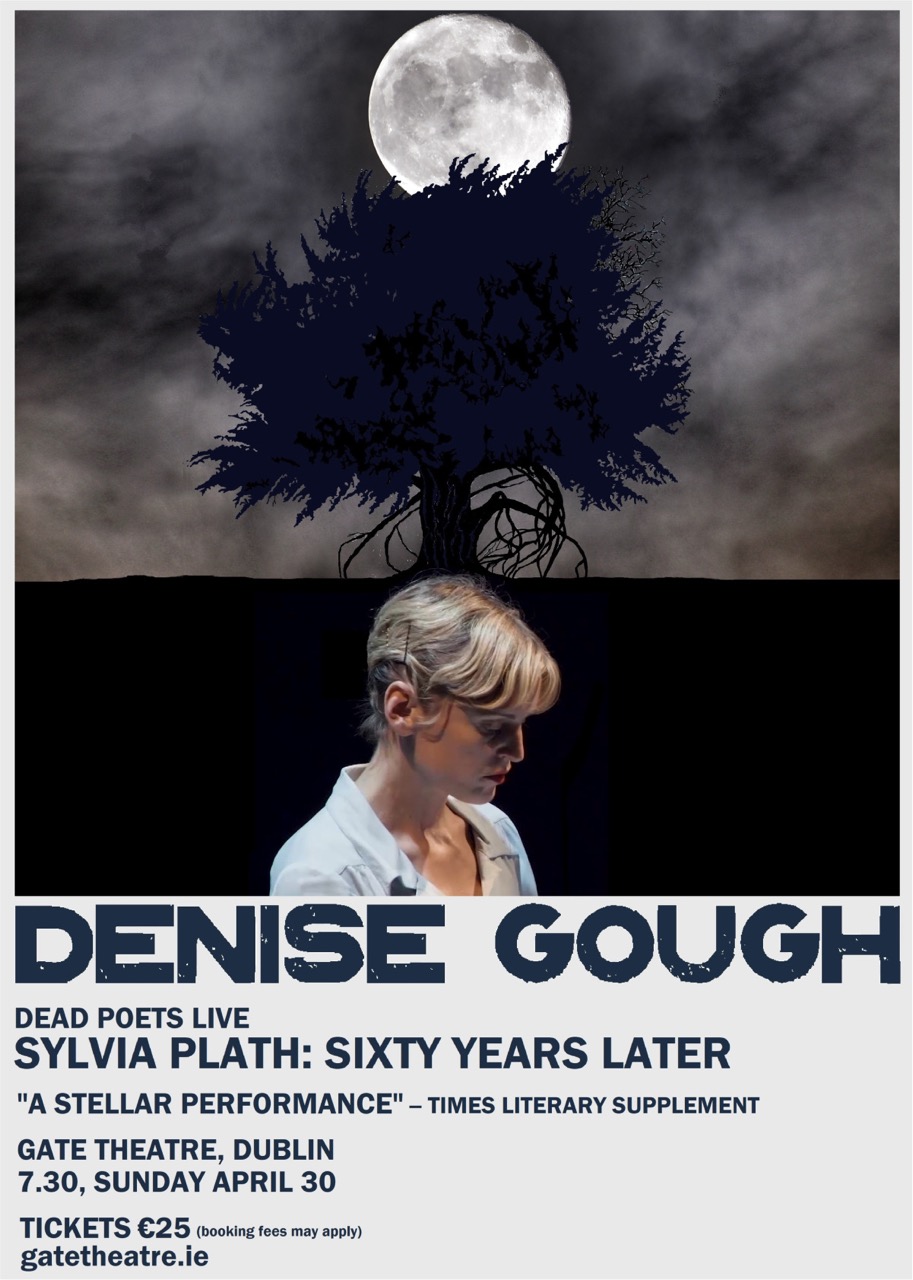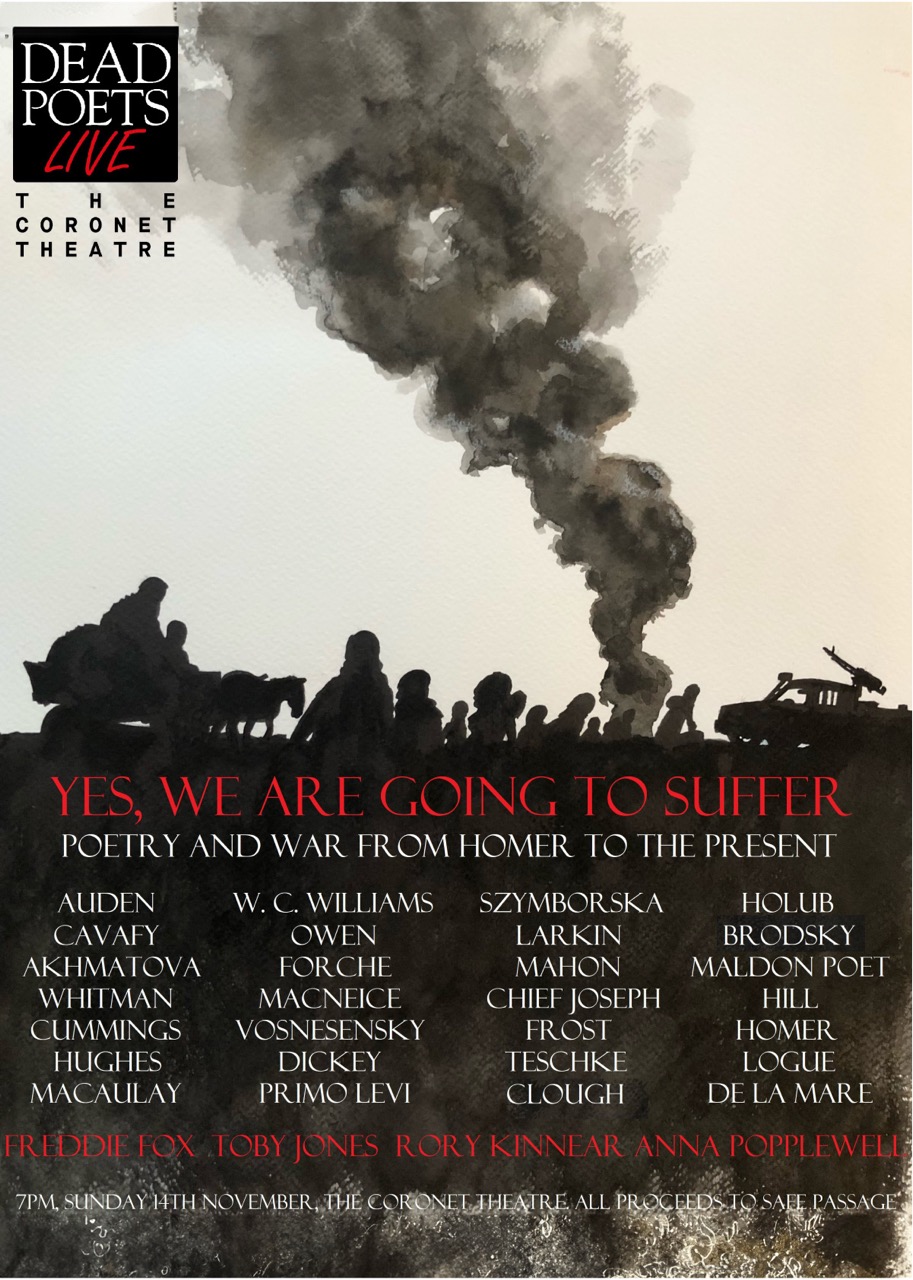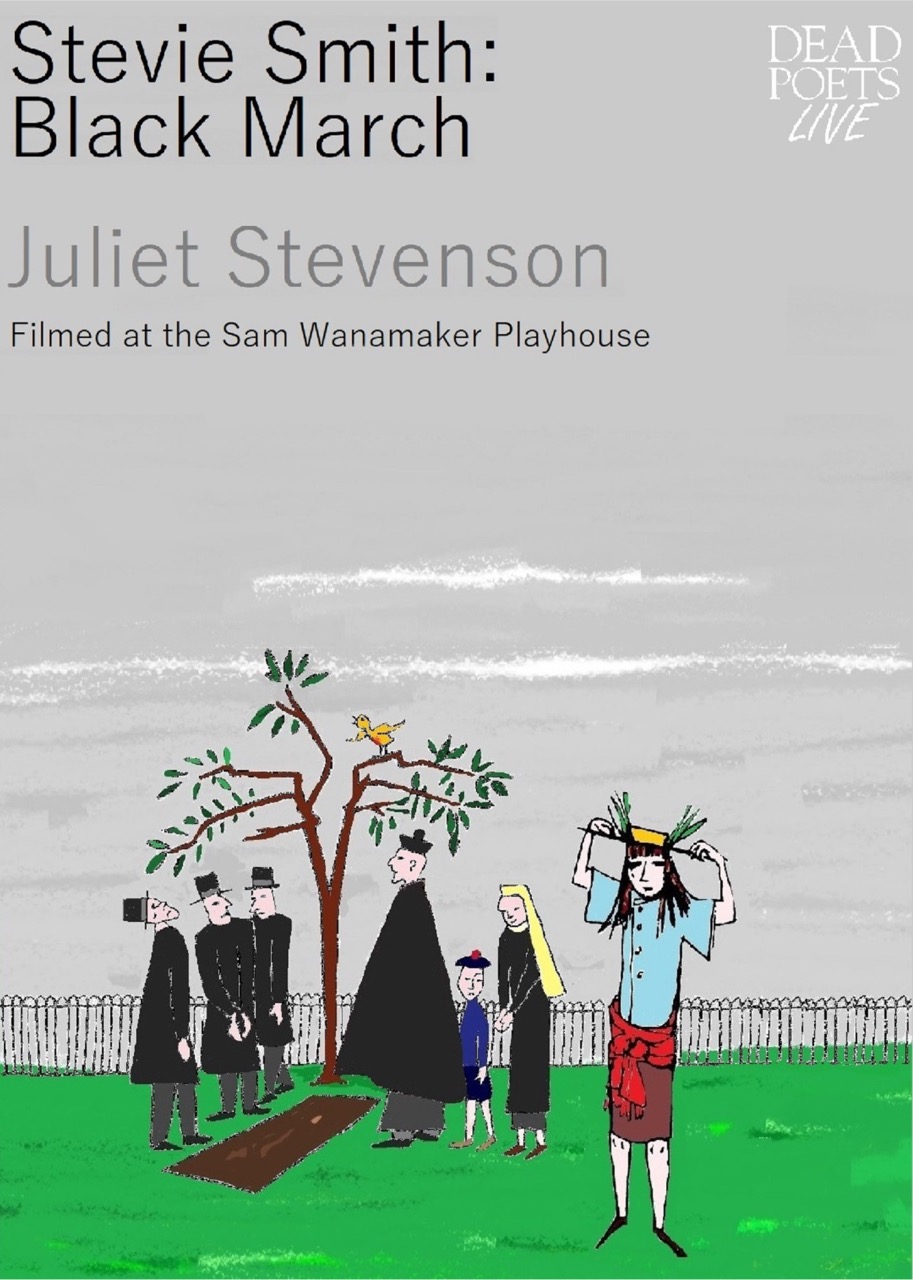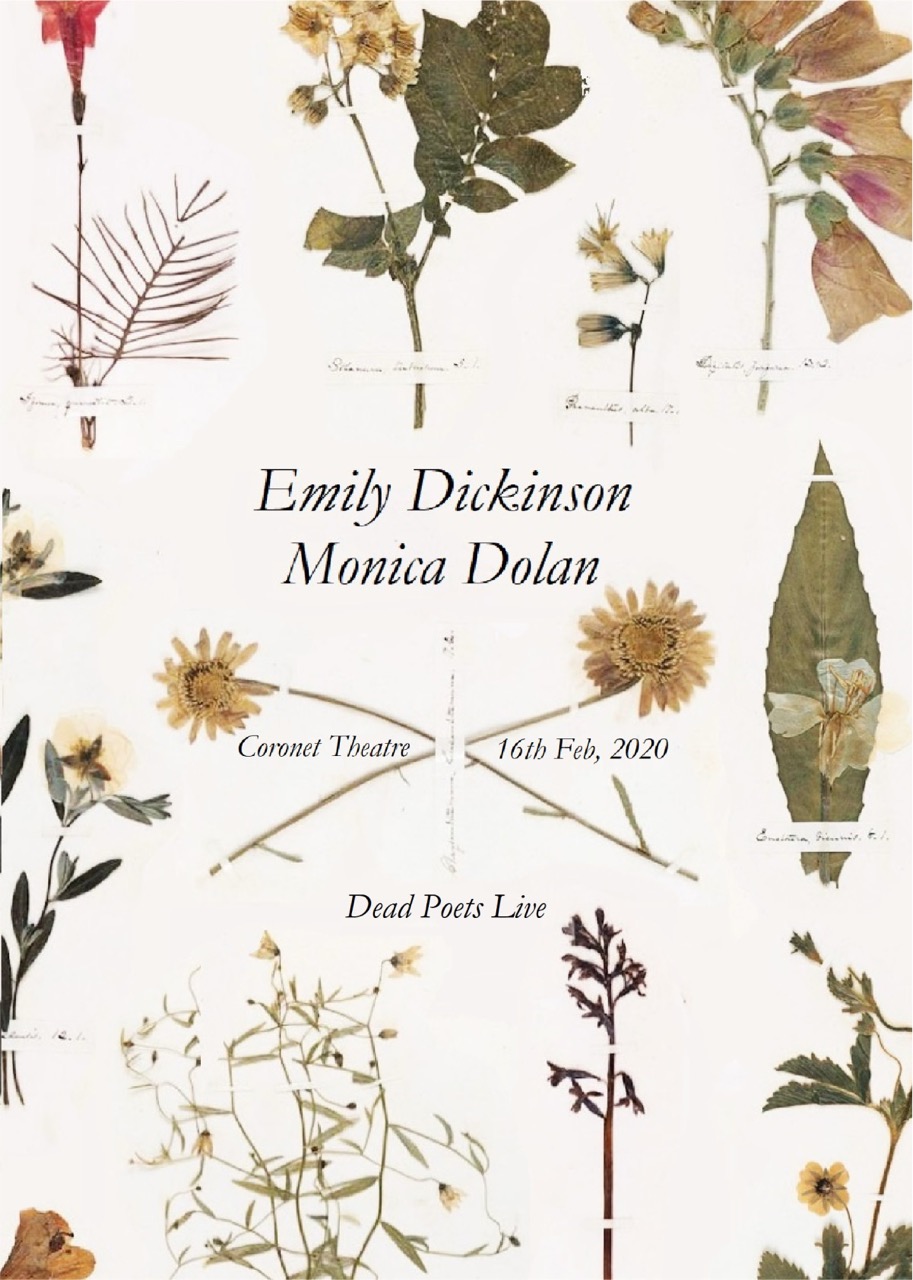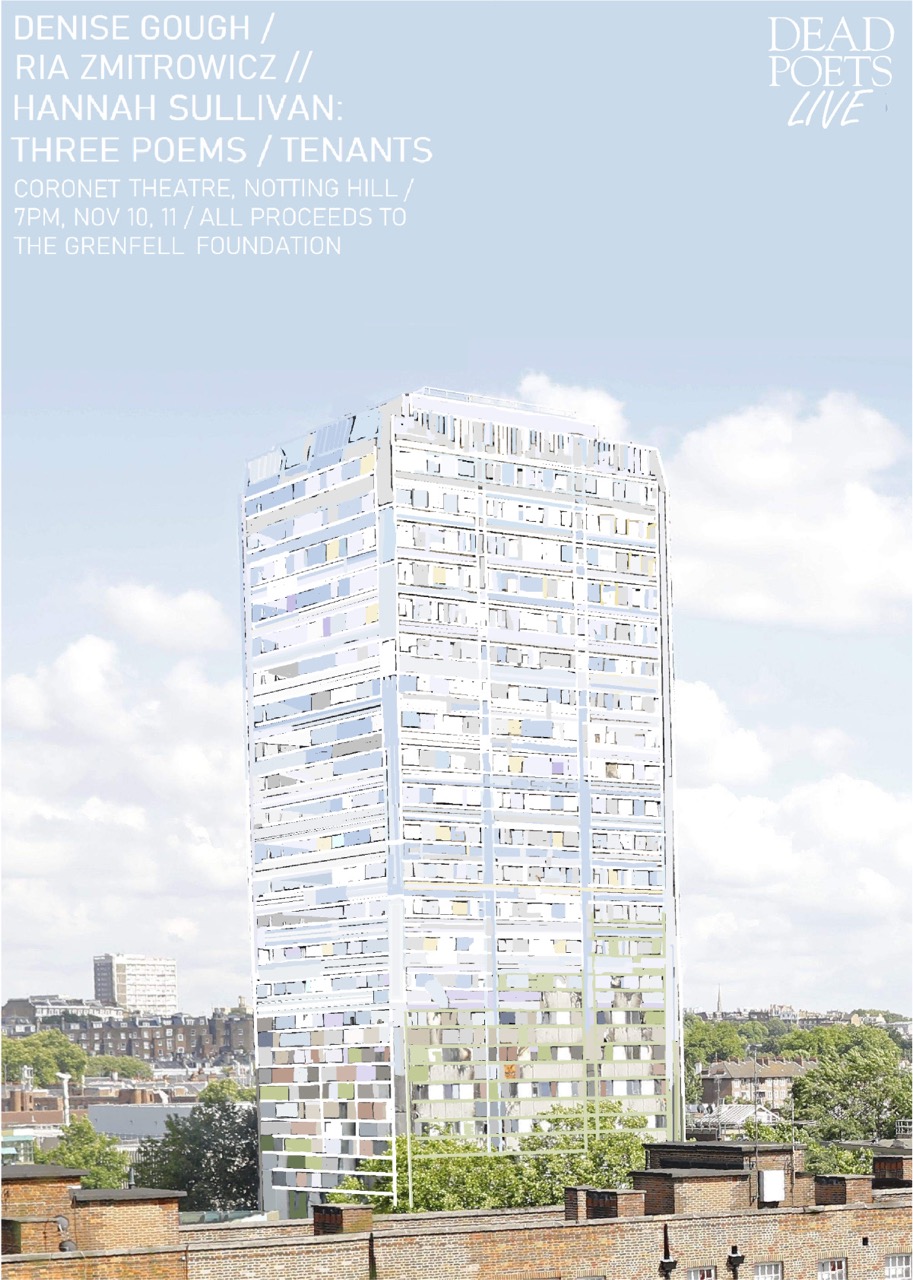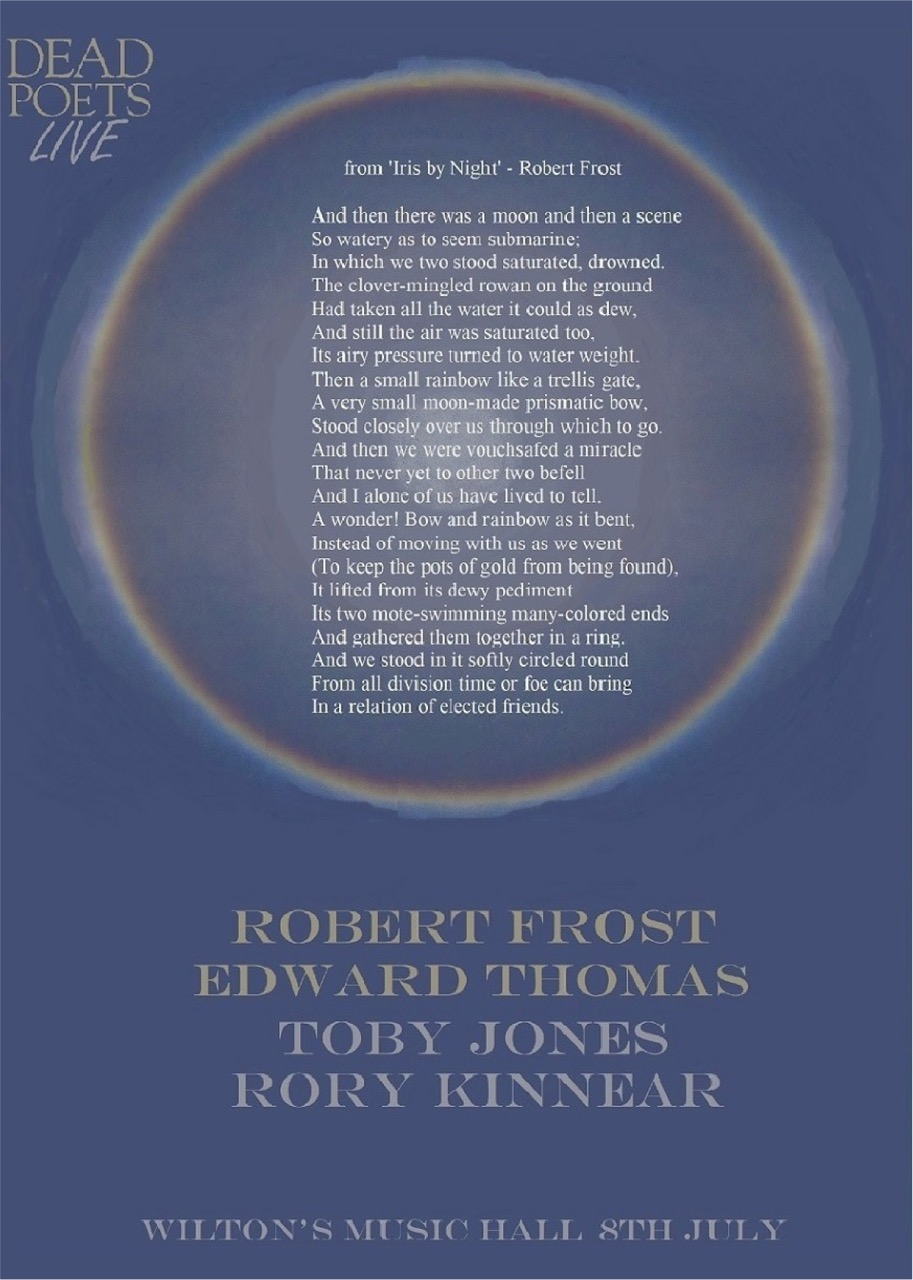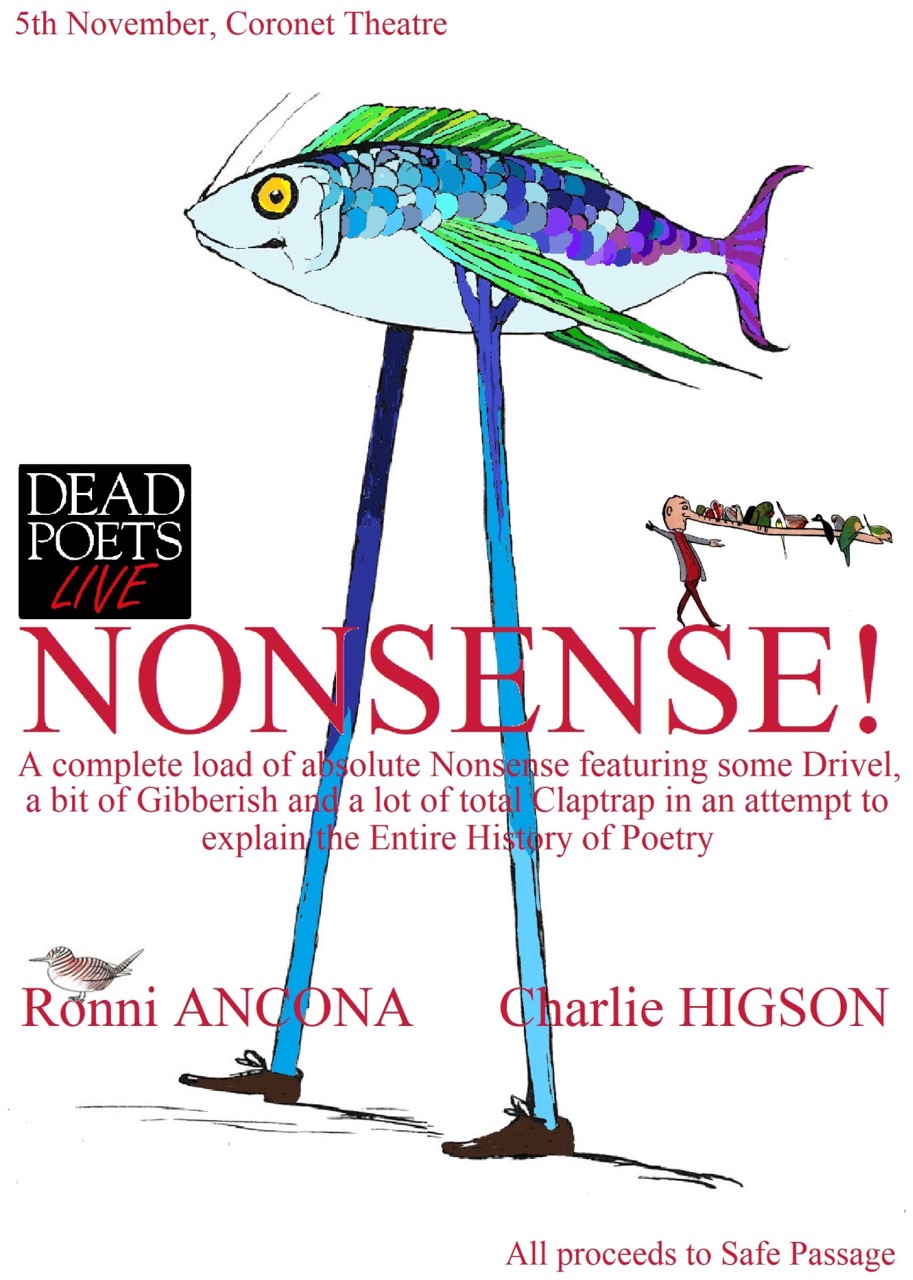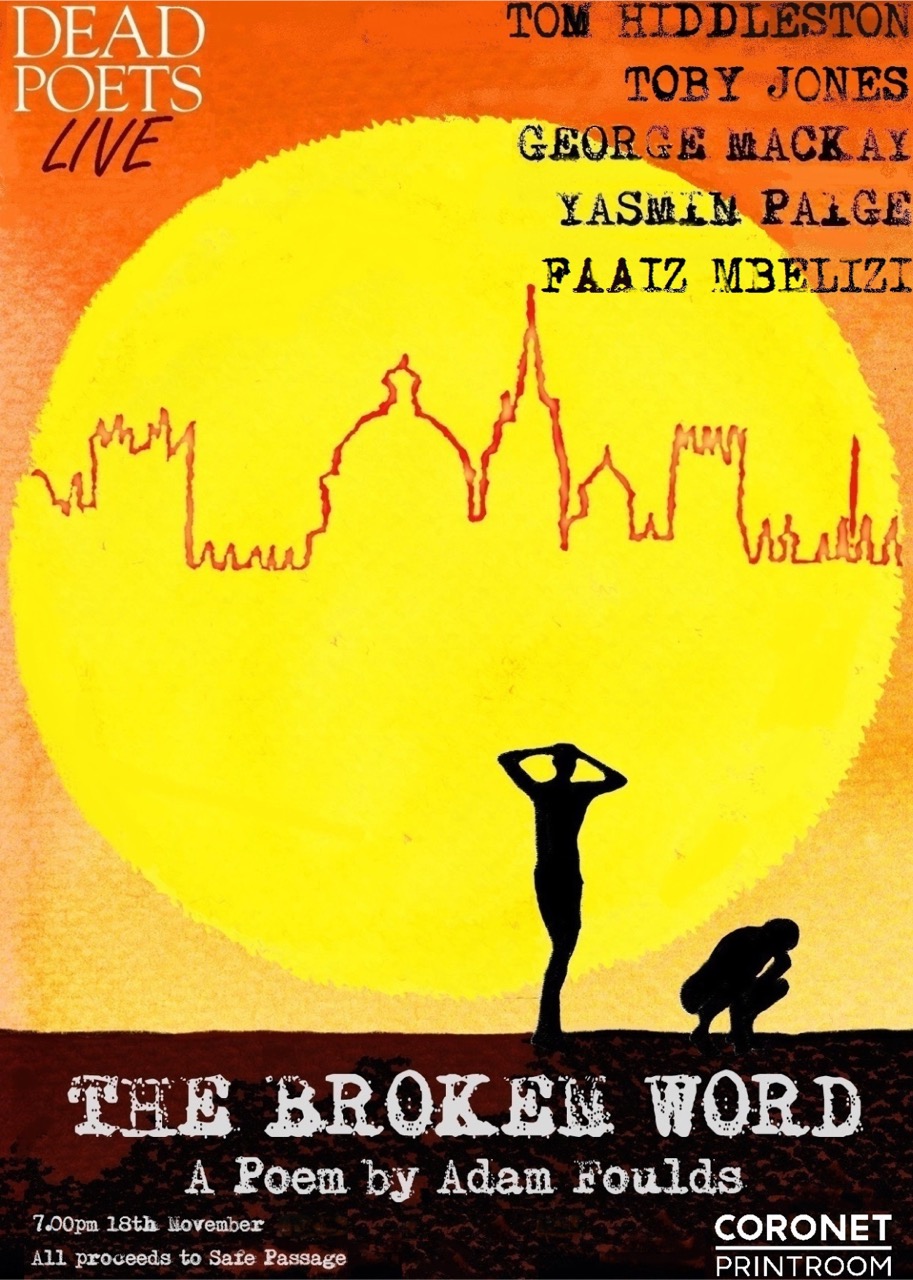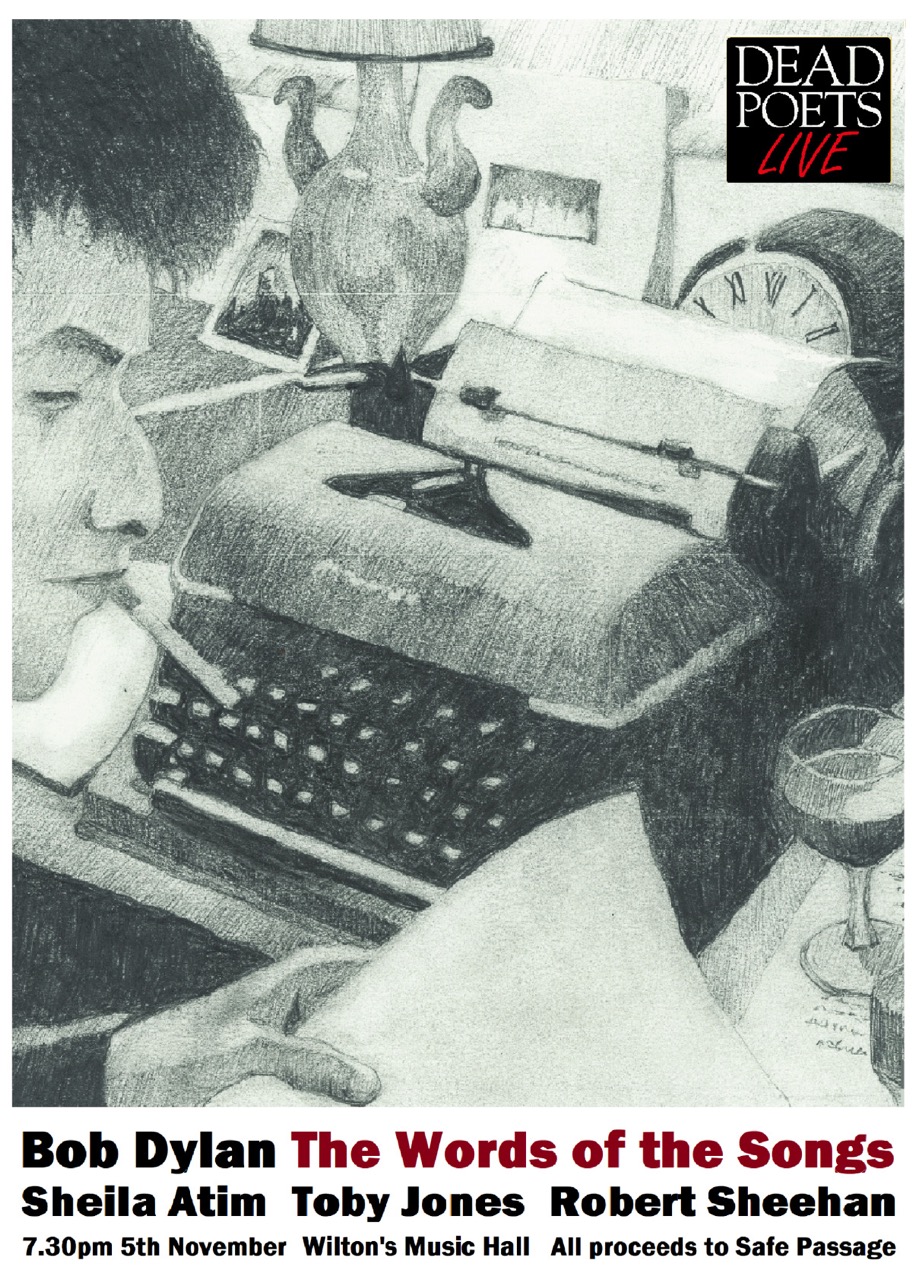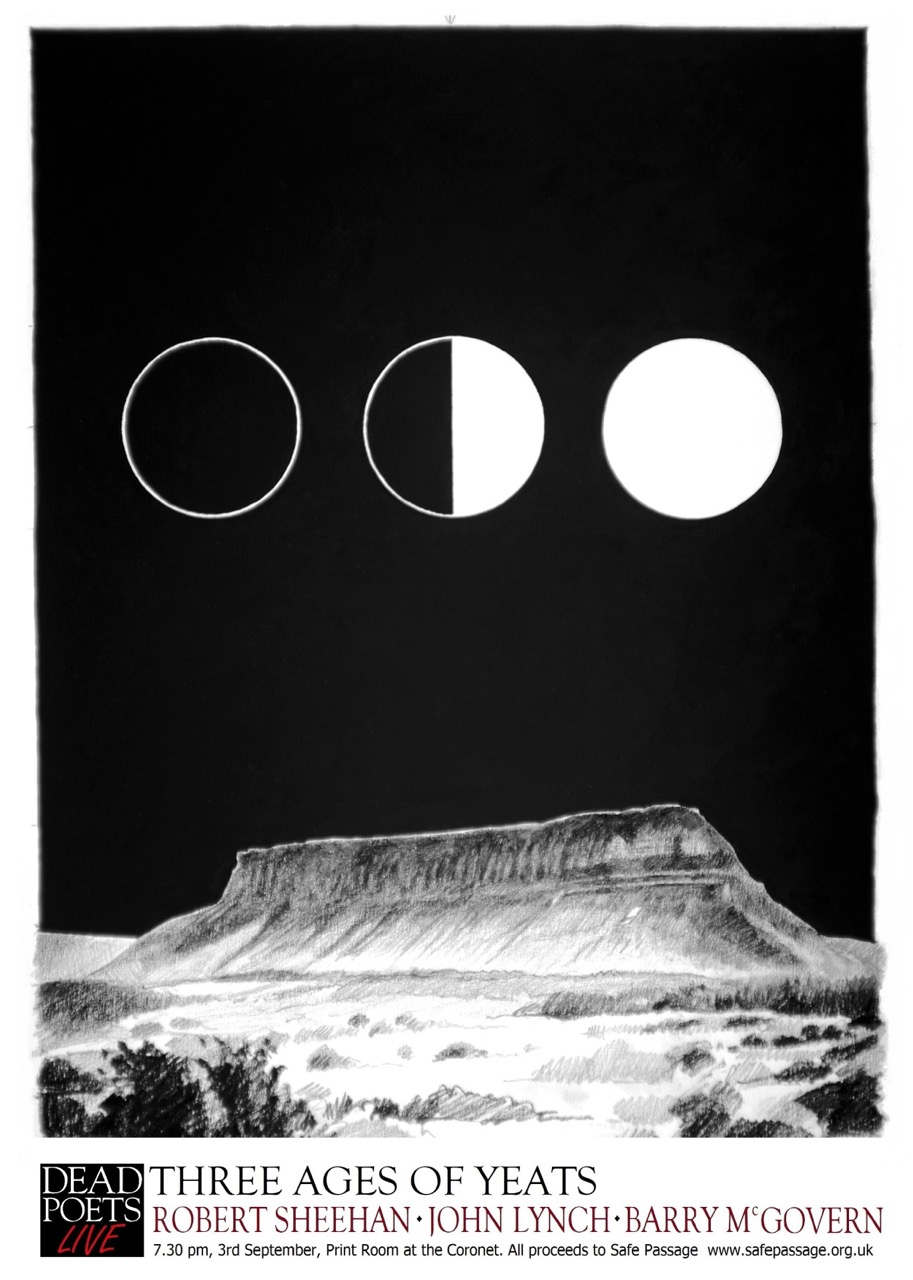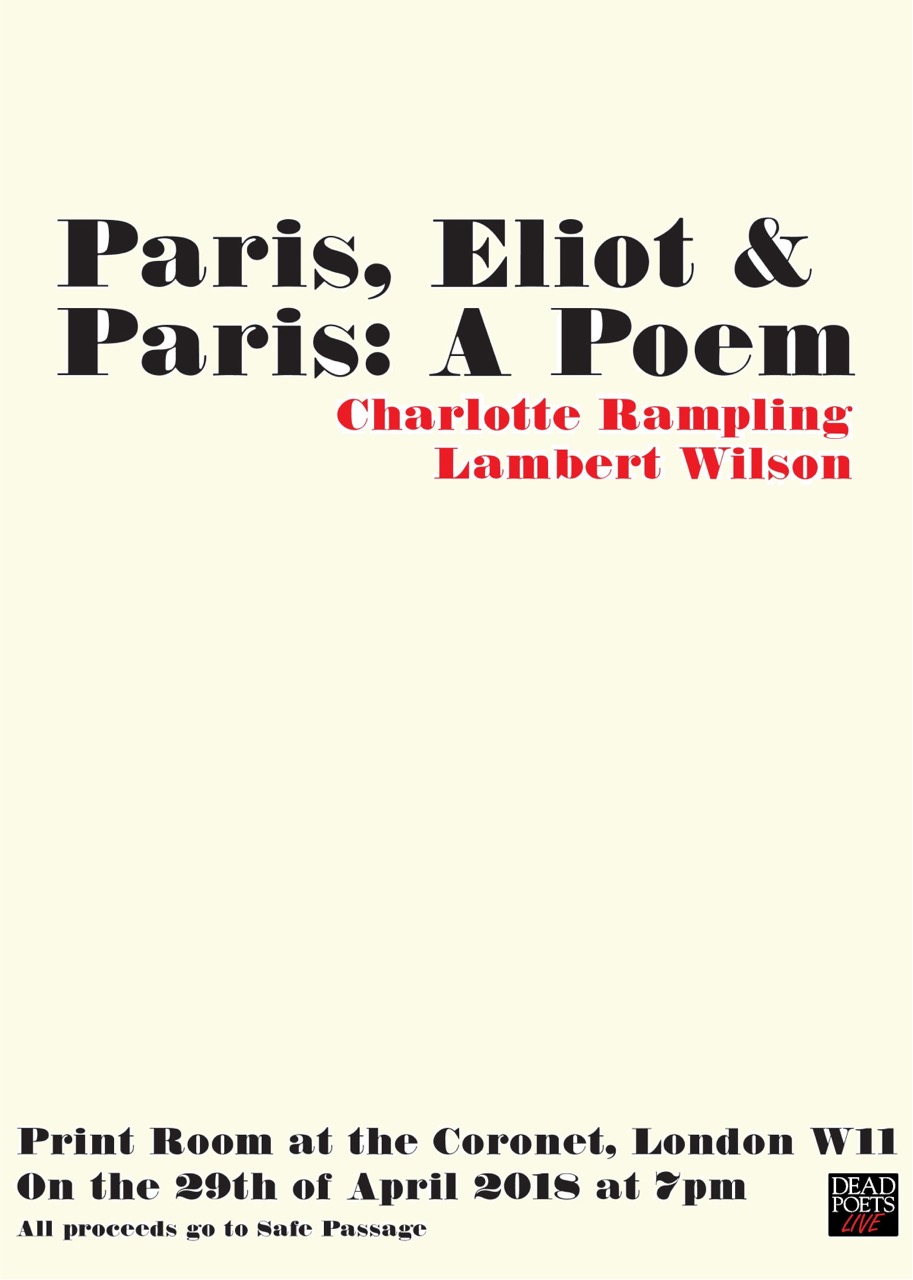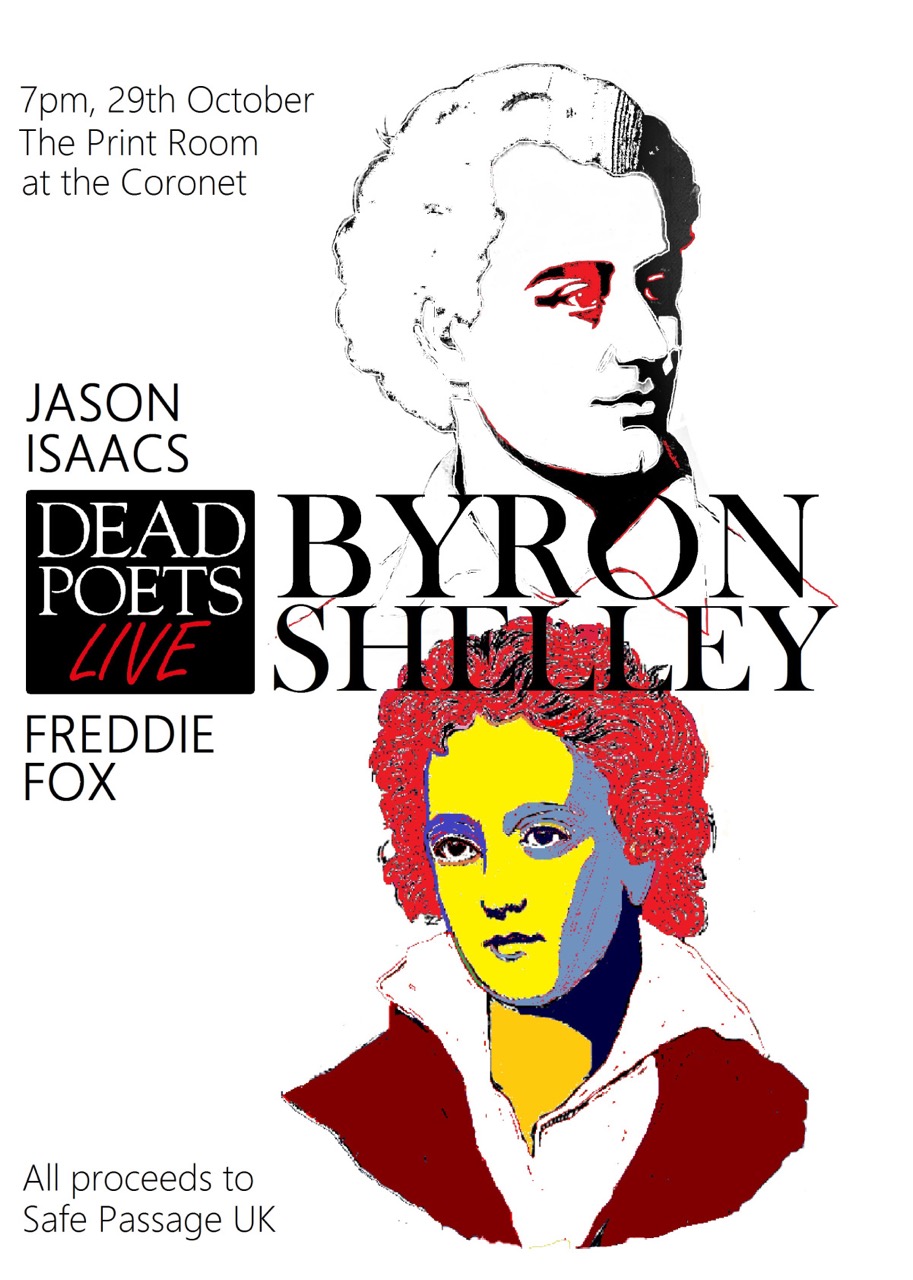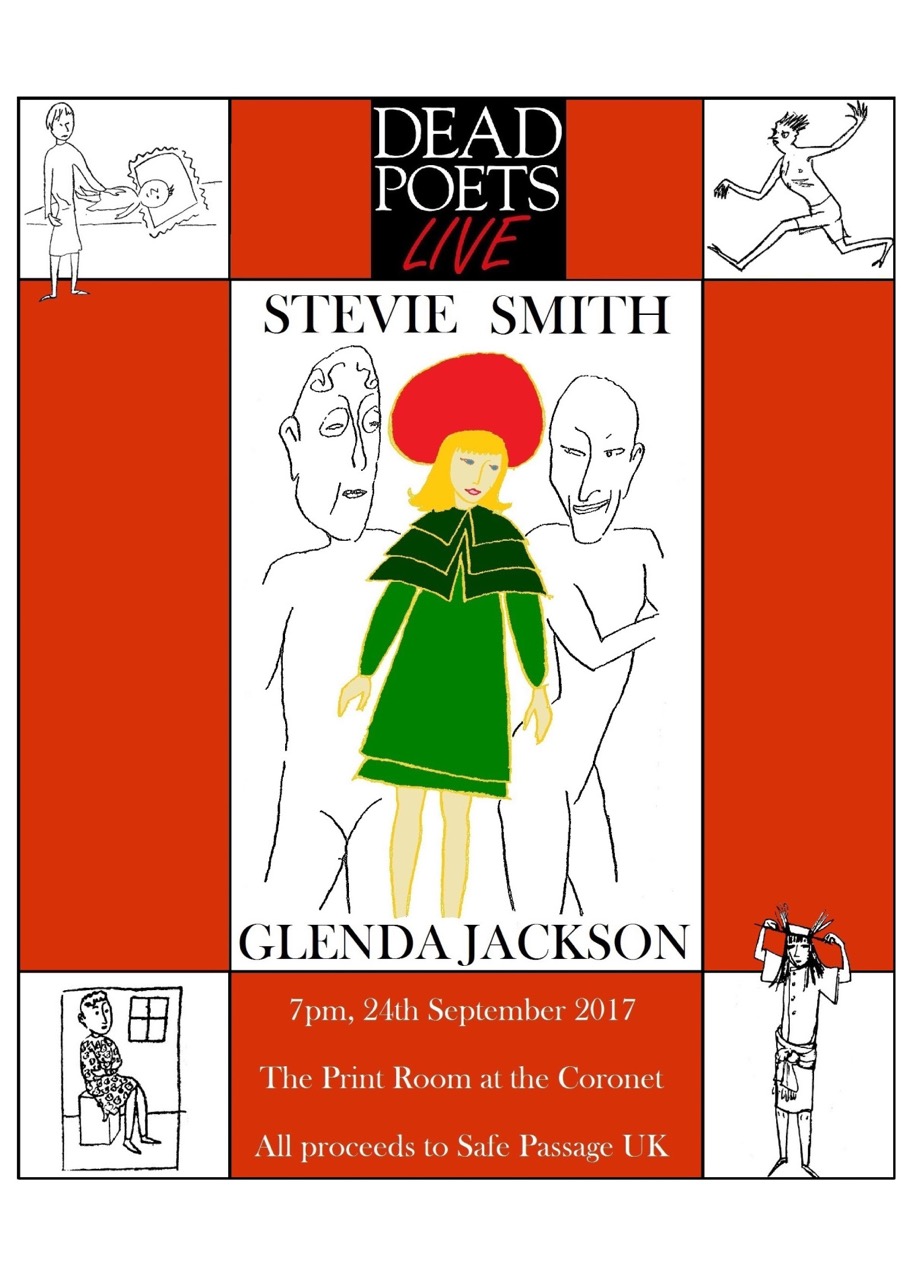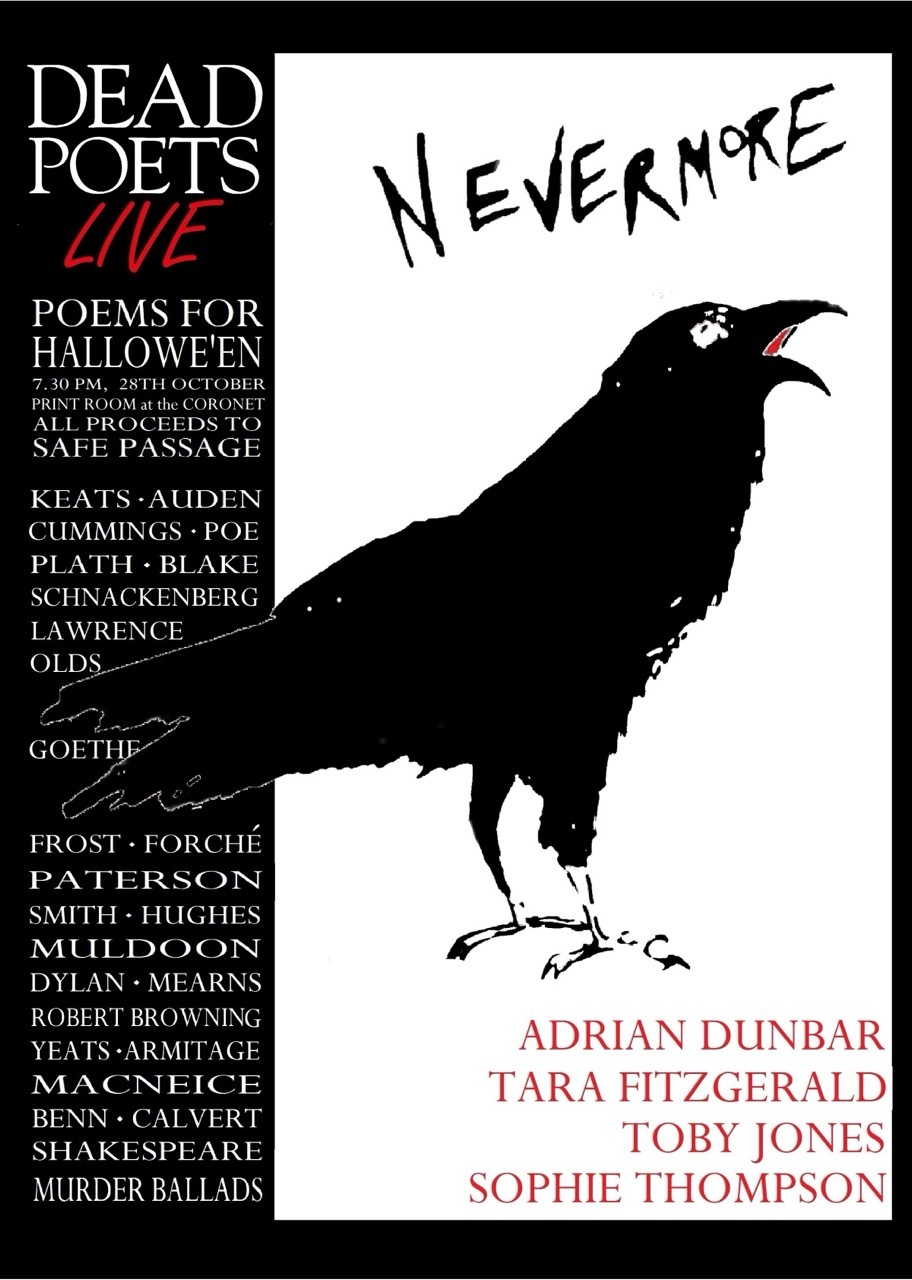Poets' archive
Hope Mirrlees
1887–1978
Moi je n’ai pas de vie intérieure.
Hope Mirrlees is the author of a forgotten modernist masterpiece, Paris. She went to study classics under Jane Ellen Harrison at Newnham College, Cambridge, in 1910. Her path there had been winding and debonair: a home-education, partly in South Africa, where her father had a good deal of business; boarding school in St Andrewes; a season as deb, presented at court; a flirtation with acting at RADA.
To Virginia Woolf Hope was ‘her own heroine – capricious, exacting, exquisite, very learned, and beautifully dressed.’ At twenty-three, she became Jane Harrison’s favourite pupil. There were forty years between them. What developed was
something better described and appreciated in Ancient Greece: ‘une amité amoureuse’, as Hope put it. They ended up as companions, living together continuously from Jane’s retirement in 1922 until her death in 1928.
Hope left Cambridge and decided, in 1913, on Paris. At that moment Paris was the artistic capital of the world – cubism in full swing – and this was even before Stravinsky’s Rite of Spring, Diaghilev, Ulysses and all that. The pre-war Paris that Hope Mirrlees knew had more than a foot in the belle époque. It’d only known the Metro ten years, the Eiffel Tower twenty, electric lights thirty. It was still a generation and world from the literary tourist trap of the Hemingway-Fitzgerald era.
Hope was early to the Left Bank scene, where she lived on and off, sometimes with Jane, between 1913 and 1915. Where she left off her life in Bloomsbury (the Woolfs, Stratcheys, Bells etc.) she took up in Parisian literary society: Madame Duclaux, Gertrude Stein, Natalie Barney, Gide, Paul Valéry – she even had lunch with Edith Wharton (‘Old Warts’).
If Jane Harrison wrote brilliant generalisations (Hope again: ‘A new theory was what a new jewel is to some women – a pretty thing both to admire and to deck herself out in.’) Hope’s method was aggregation. At the end of 1918, the end of a year’s strolling – noticing – wondering – recording – and of reading Jean Cocteau, Mayakovsky and others – a poem was taking shape. In the spring of 1919, Paris: A Poem was complete. It describes a journey – of sorts. A physical journey, first by metro, following the Nord–Sud line (now line 12, opened in 1910), and then on foot, as a passante, taking in the sights and sounds: pigeons, buildings, the names of stations, advertising slogans. And a more Bergsonian kind of journey: from Montparnasse at one end of the line, the artistic centre of Hope’s Paris, to the centre of the previous generation, Montmartre.
Having written poetry in her twenties, Hope dedicated her thirties to novels, the best-known being Lud-in-the-Mist – a foundational pre-Tolkein work of fantasy. But following Jane’s death her literary career went into eclipse. At forty she converted to Roman Catholicism, retrenched to the family bosom, and if it hadn’t been for the prompting of her friend and later publisher T. S. Eliot, we might not have her final book, a biography of Sir Robert Cotton, the first part of which was published in 1962, the second still unfinished at the time of her death in 1978.
Brilliant generalisations were food and drink to Jane. And her path was strewn with their husks – her own and other people’s […] A new theory was what a new jewel is to some women – a pretty thing both to admire and to deck herself out in.
Related Dead Poets Live events
Current events
Past events
